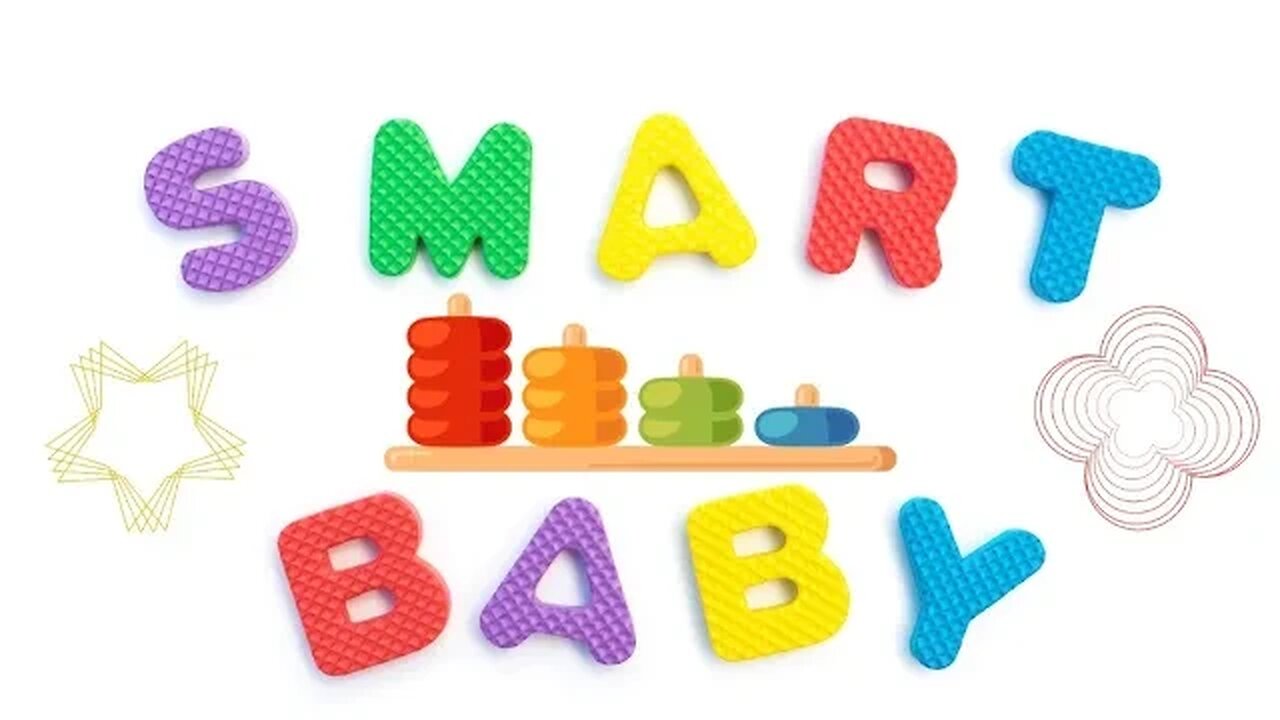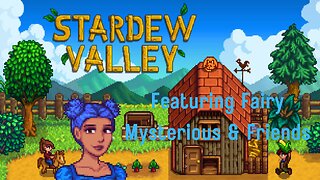Premium Only Content

Baby Color Recognition with Sensory Shapes
#baby #sensory #lullaby #shapes #babylearning #babyshapes #sensoryplay #babysensoryactivity #shapelearning #babyshapeactivity #sensoryfun #babyshapefun #babysensoryshapes
Baby sensory development refers to the way babies learn about the world through their five senses: sight, hearing, touch, taste, and smell. During the first few months of life, babies are primarily using their sense of smell and touch to explore their environment. As they grow, they begin to use their other senses more, such as vision and hearing. Through their senses, babies learn about different textures, temperatures, shapes, and sounds. Sensory activities, such as playing with different textures, listening to music, or exploring different shapes and colors, can help to promote a baby's development. Sensory play also helps with cognitive and emotional development. It also helps to stimulate their senses and promote brain development.
Visual stimulation, such as exposing babies to different geometric shapes, can play an important role in their sensory development. Geometric shapes, such as circles, squares, and triangles, are simple, easily recognizable forms that can help to stimulate a baby's visual development. By looking at and interacting with different shapes, babies can learn to recognize and differentiate between them. This can help to lay the foundation for later visual-spatial skills, such as understanding spatial relationships and being able to identify objects in their environment.
Exposing babies to geometric shapes through various mediums like toys, flashcards, or even simple drawings can provide a variety of visual experiences that can help to promote their visual development. Using bright colors, contrasting patterns, and different materials can also add to the visual stimulation and make it more engaging for the babies. Additionally, playing games like "Where's the circle" or "Can you find the triangle" can also be a fun way to introduce geometric shapes while promoting their visual development.
-
 7:04
7:04
Brownells, Inc.
15 hours agoReloading Series: Converting Brass, Featuring 25 GPC
271 -
![[LIVE] Bully | GTA: Vice City | First Playthrough | 8 | Rampage and The Spirit of The Season](https://1a-1791.com/video/fwe1/85/s8/1/W/e/n/4/Wen4x.0kob-small-LIVE-Bully-GTA-Vice-City-Fi.jpg) 3:15:35
3:15:35
Joke65
9 hours ago[LIVE] Bully | GTA: Vice City | First Playthrough | 8 | Rampage and The Spirit of The Season
44K -
 3:27:04
3:27:04
Laura Loomer
11 hours agoEP103: Dems Promote Violent Anti-Trump Protests Nationwide
57.9K15 -
 6:50:08
6:50:08
Fairy Mysterious Adventures
9 hours agoStardew with the Rumble crew #16
44.4K2 -
 1:28:42
1:28:42
Kim Iversen
13 hours agoThe War on Terror Was a Scam? Is Osama Bin Laden Really Dead? SEAL Who Killed Him Breaks It Down.
82.8K152 -
 1:09:44
1:09:44
Slightly Offensive
11 hours ago $15.76 earnedALMOST SERIOUS: How Mass Legal Immigration DESTROYED Australia | Guest: Maria Zeee
83.7K28 -
 2:38:38
2:38:38
TimcastIRL
10 hours agoTrump Orders DOJ To FIRE EVERY Biden Attorney, Calls For CLEAN HOUSE w/Siaka Massaquoi | Timcast IRL
158K100 -
 1:29:31
1:29:31
Glenn Greenwald
14 hours agoGermany's Repressive Speech Crackdown Intensifies; U.S. & Russia Meet in Saudi Arabia and Open Cooperation; Plus: An Amazing Hate Crime in Florida is Buried | SYSTEM UPDATE #408
120K78 -
 1:30:48
1:30:48
Redacted News
15 hours agoBREAKING! TRUMP AND PUTIN NEARING PEACE BUT EUROPEAN WARMONGERS TRYING TO STOP IT | REDACTED
212K272 -
 52:40
52:40
Candace Show Podcast
15 hours agoSaturday Night Lively: What Were They Thinking? | Candace Ep 148
193K163